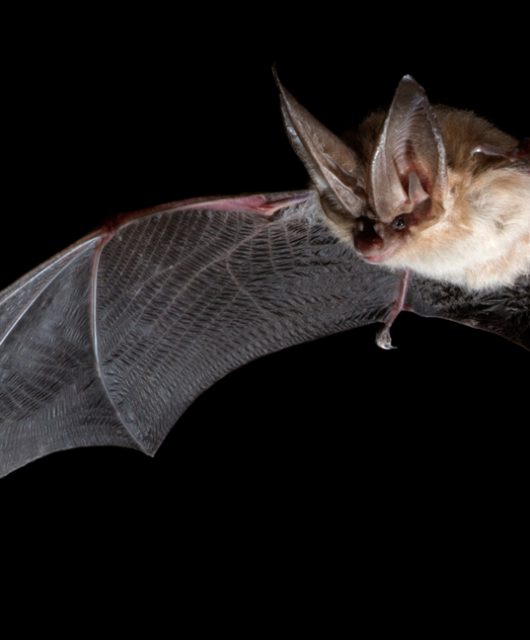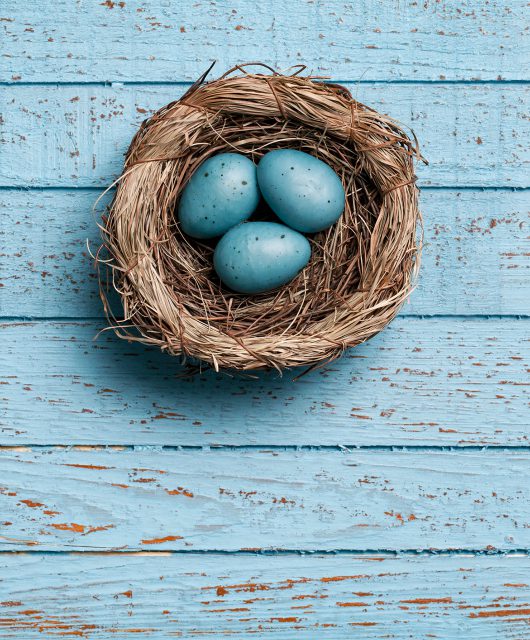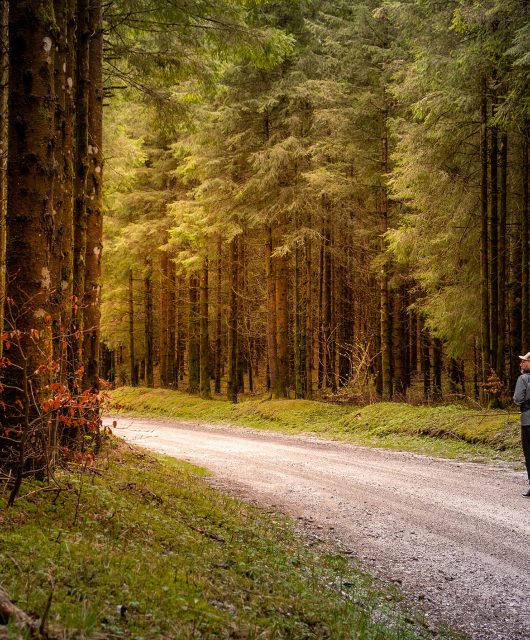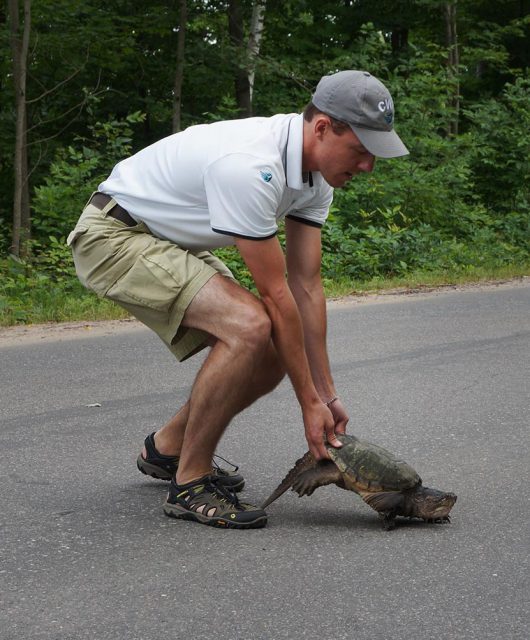Our thoughts go out to those of you who have been affected by the wildfires in Northern Saskatchewan, Alberta and British Columbia this summer. Our thanks go out to those who have been working to contain the fires and conserve forest ecosystems as well as homes in the areas affected by wildfires.
It may surprise you that, despite its seeming fury, fire is a key factor in the continuation of maintenance and the diversity of Canada’s forest ecosystems.
‘Tis the Season
In Canada, the forest fire season starts in April and continues right through to October, peaking in June, July and August. Although statistics on forest fires vary from year to year, on average over 9,000 forest fires burn approximately 2.5 million hectares of land in Canada each year. Every fire evolves differently; some extinguish quickly, whereas others burn for weeks and ravage hundreds of square kilometres. What fuels the fire, the landscape and the climate and meteorological conditions all help determine how severe the fire becomes.
Sparks Fly
While some fires result from natural causes such as lightening, we encourage everyone to follow best practices for fire prevention to reduce the possibilities of human-caused fires. They often start close to communities, where they are quickly detected, reported and extinguished. Lightning is the primary natural cause of forest fires, accounting for 45 per cent of all fires in Canada and a whopping 81 per cent of the total area burned. Fires sparked by lightning often occur in remote locations in the western and northern regions of Canada and are often difficult to reach with fire suppression equipment. Make sure you do your due diligence to be responsible.
For example:
• Find out if there are campfire, fireworks or barbeque bans in your area and follow all the guidelines carefully
• If campfires are allowed clear area around your fire of any flammable materials, don’t burn if it’s too windy and pour water on your fire to make sure it’s completely extinguished
• Follow any fire ban smoking policies that have been put in place. If smoking is permitted make sure any cigarette butts are completely extinguished
• Park on gravel instead of very dry grass
Making a Comeback
Forest fires are natural phenomena and play a significant role in shaping Canada’s landscape and ecosystems. They promote regeneration by removing older trees in the forest that may be the most susceptible to insects and disease and remove debris accumulated on the forest floor, which in turn promote new seedling growth and diversification of the species.
Some species of trees are actually fire-dependent, meaning they need fire to survive. For example, the jack pine needs heat from fire to melt its cones — only then can its seeds be released. Thousands of seeds scatter onto the ground and grow into solid pines.
Fire also distributes vegetation, providing food and shelter and helps wildlife adapt to its new habitat. For example, the black-backed woodpecker’s (Picoides arcticus) population can increase by up to 50 times after a fire! This particular species of woodpecker travels in search of insects like bark beetles, which can be readily found feeding on burned wood. Another species that benefits from fire is the Canada lynx (Lynx canadensis), which uses mature conifers for cover and hunts in recently burned areas that house its favourite prey, the snowshoe hare (Lepus americanus). Moreover, moose and elk rely on vegetation provided by new growth.
Although forest fires may benefit several species, many birds, mammals and insects are dependent on old growth forest and become displaced. Several tree species, such as the balsam fir and white spruce, will not survive in areas that burn frequently because they need longer intervals between fires to reach reproductive maturity. Some plant and animal species populations may take years to return to their original levels, while other species will never be able to live there again.
We know many of you will be concerned about wildlife in the area too. Read on to find out the 411 on wildlife and wildfires:
Northern Wildlife




